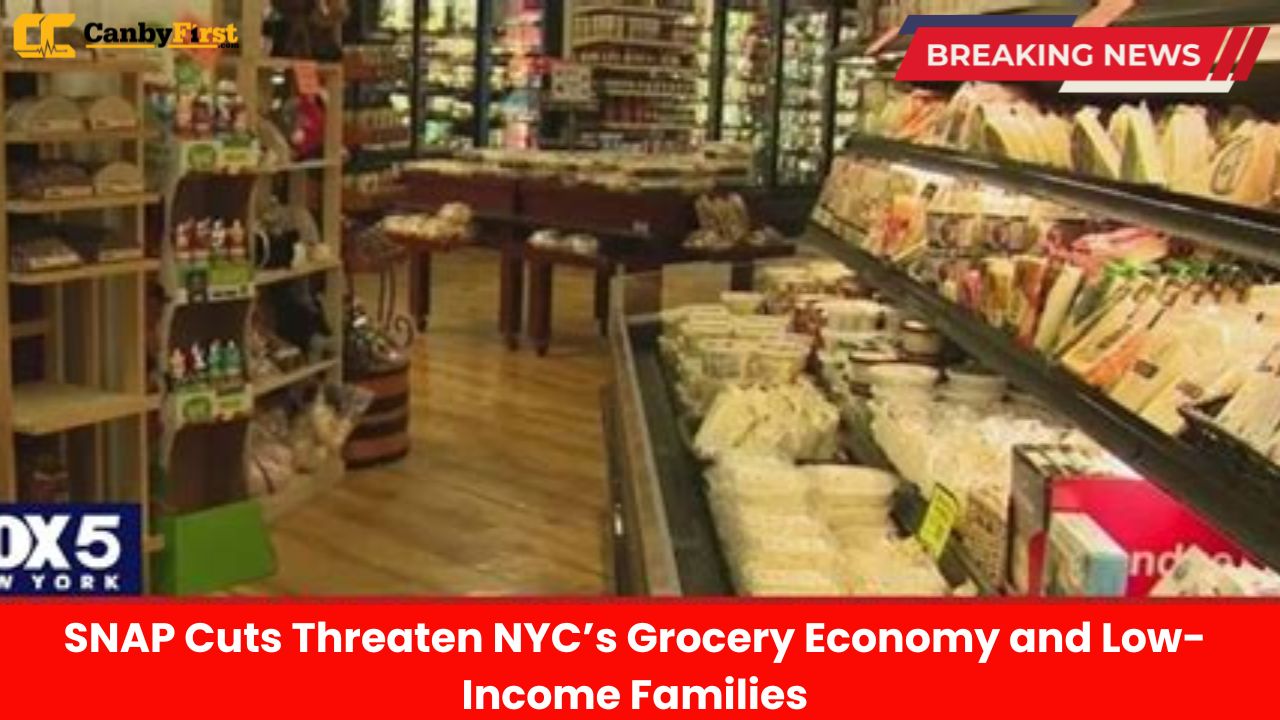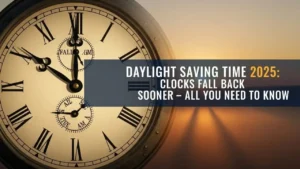New York, US:Grocery stores across New York City are facing a new wave of uncertainty as potential cuts to the federal Supplemental Nutrition Assistance Program (SNAP), commonly known as food stamps, could dramatically reshape how local households and small markets survive. With thousands of city residents depending on these benefits, any reduction could have ripple effects reaching well beyond families into the very backbone of the neighborhood economy.
Corner Stores Feel the Pressure
In many boroughs, especially the Bronx, Brooklyn, and Queens, small independent groceries and corner stores rely heavily on SNAP transactions. These shops cater to diverse, working-class communities where customers use their electronic benefit transfer (EBT) cards daily for essentials like fresh produce, cereal, dairy, and canned goods. For some stores, SNAP sales account for 40 to 60 percent of their daily revenue.
Store owners say even small cuts to SNAP benefits could push many into financial distress. They warn that less redemption means fewer sales, less stock rotation, and eventually, job and wage reductions. For neighborhoods already struggling with rising rent and inflation, this could deepen economic strain at a local level.
Also Read
Families at Risk of Food Insecurity
New York City’s living costs are already among the highest in the country, and families who depend on SNAP are often stretched thin. Many households run out of benefits before the end of the month, forcing them to rely on food banks or skip meals. Local advocates fear that proposed SNAP cuts could push tens of thousands into food insecurity, especially single-parent families, the elderly, and individuals with disabilities.
According to city officials, roughly 1.6 million residents rely on SNAP to support their monthly food budgets. A large portion of these households include children enrolled in public schools. Cuts to benefits could also impact school nutrition programs, as families with decreased support struggle to provide healthy meals at home.
Economic Chain Reaction
The relationship between food stamps and local business runs deeper than many realize. When SNAP funds decline, grocery stores buy less from suppliers and distributors. This impacts not only retailers but also farmers, truck drivers, and processing facilities. Reduced demand can ultimately drive up food prices, compounding the stress for low-income families.
New York’s grocers are urging lawmakers to recognize that SNAP spending stimulates local economies. Every dollar spent through SNAP generates significant activity in the food supply chain, keeping money circulating in city neighborhoods rather than flowing entirely to big-box chains or online retailers.
Rising Costs Create a Perfect Storm
Inflation has already raised grocery prices by more than 20 percent over the past few years. Rent and labor costs in the city have climbed sharply too, squeezing both consumers and storeowners. Without full SNAP support, corner stores could lose the stable baseline of sales needed to stay open.
For low-income households, that means limited access to nearby affordable food options. As small stores close or cut back, more families are forced to travel longer distances for groceries, turning parts of the city into food deserts. For many seniors and residents without cars, that option simply doesn’t exist.
Community Response and Policy Debate
Advocacy groups across New York are rallying to defend SNAP funding, calling the program a proven tool against hunger and poverty. City officials argue that rather than cutting funds, there should be renewed investment in nutrition programs that expand access to healthy foods.
Some lawmakers, however, push for tighter eligibility standards and reduced spending, citing the federal deficit. The debate has reignited questions about how best to support working families while maintaining fiscal responsibility. As Washington weighs potential changes, New York’s local administrations and nonprofits are preparing for a possible surge in demand at soup kitchens and food pantries.
The Human Cost Behind the Numbers
Behind every statistic lies a family trying to make ends meet. For many New Yorkers, SNAP is not a luxury but a lifeline. A single mother in Queens said that her monthly $400 in benefits covers basic groceries for her children but barely lasts three weeks now. Without it, she fears she’ll have to choose between rent and food.
Storeowners share similar worries. In the Bronx, one market owner said he might lay off employees if SNAP usage drops significantly. “When customers can’t buy food, stores can’t survive,” he said. “This program keeps both families and businesses going.”
Looking Ahead
The next few months could be decisive for the city’s grocery ecosystem. If SNAP cuts proceed, food prices, economic stability, and community health could all take severe hits. With federal decisions pending, city leaders, grocery associations, and advocacy groups are calling for stronger support and protective measures.
Many suggest that the city invest in local food cooperatives, community gardens, and small business relief programs to offset the blow. Others insist that only continued federal commitment to SNAP can prevent widespread hardship.
Conclusion
For New York City, the SNAP debate is not just about numbers on a budget sheet. It’s about the city’s neighborhoods, businesses, and families who rely on one another for survival. As policymakers deliberate, millions of New Yorkers wait, hoping that their access to food and community stability will not become another casualty of federal cost-cutting.












